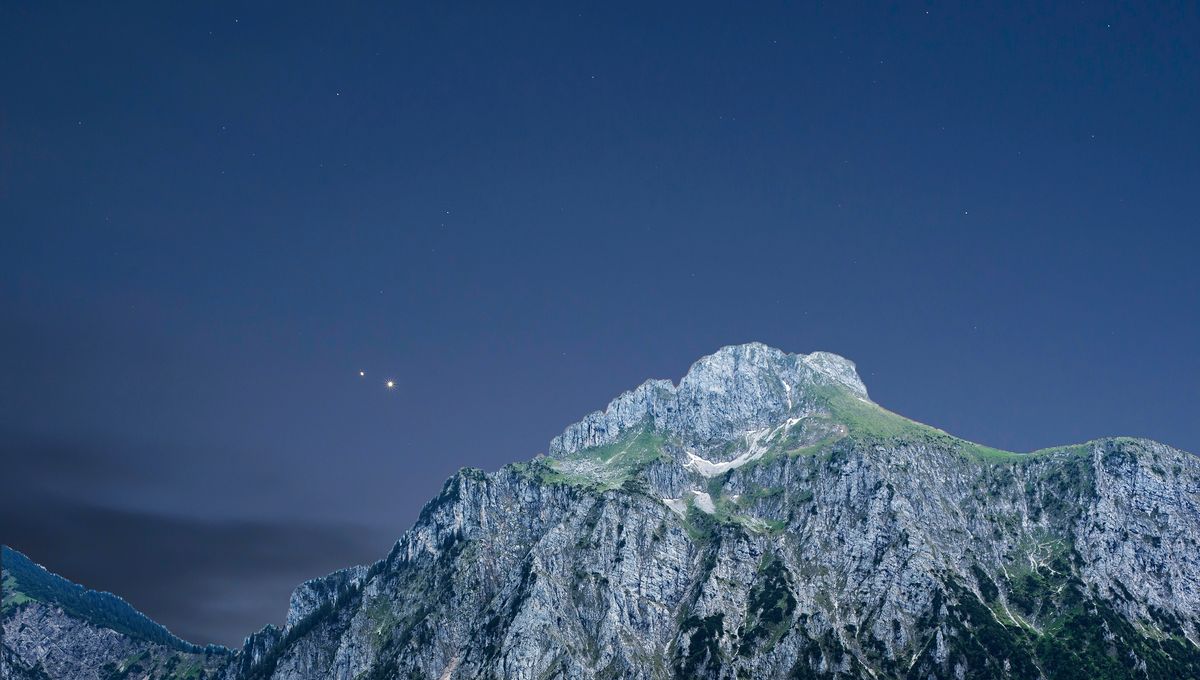
It is all happening in August! We are just days away from the peak of the Perseids, there is going to be a Black Moon later this month, and right now and for several weeks, you can see not just one but six planets in the night sky, four of which are visible to the naked eye. If all of this were not enough, you will also have two conjunctions.
This is a lot for lovers of the night sky; there is only one little caveat. The six-planet alignment is happening before dawn, so you’ll have to be an astrophile and an early bird (or a late night owl) to enjoy it all. If you want, you can start tomorrow morning, but there are a few dates you might want to save if you want to make the most of it.
Visible throughout the night is Saturn, which rises in the east with Neptune in the late evening. Saturn is a bit dim, but you can see it unaided. To see Neptune, you need a telescope, and the same thing with Uranus, which is visible from the early hours of the morning. It is in the middle of the night that we see Jupiter and Venus rising, followed by Mercury just before dawn. You should have no problem seeing Venus and Jupiter in the sky with your naked eye. For Mercury, you need a view of the horizon that is unencumbered and not hazy. Despite the fact that it is visible to the naked eye, it can easily be lost as the sky brightens.
The above will be true for the next four weeks, although in about three, Mercury will be starting to get back closer and closer to the Sun, before getting too close for us to see it again. If you need to pick a time to see the parade of planets, we advise next week.
On August 12, Venus and Jupiter will be in conjunction. Two of the brightest objects in the sky (apart from the Sun and the Moon) will be less than a degree apart. You do not want to miss that. And if you have a telescope, you might want to see the Neptune-Saturn conjunction. Due to orbital motion, they are already together and will appear close for weeks. Again, August 12 is a good day, because the Moon, Saturn, and Neptune will appear in a right-angle conjunction.
If you have not seen a planet before, there is an easy trick to recognize them among the stars. A planet might appear star-like to a casual observer but they are much closer than the stars in the night sky. This has an important effect: planets do not twinkle. Once you notice that, it will be very easy to spot them.
Source Link: You Can See 6 Planets Aligned In The Sky Right Now – And 2 Conjunctions